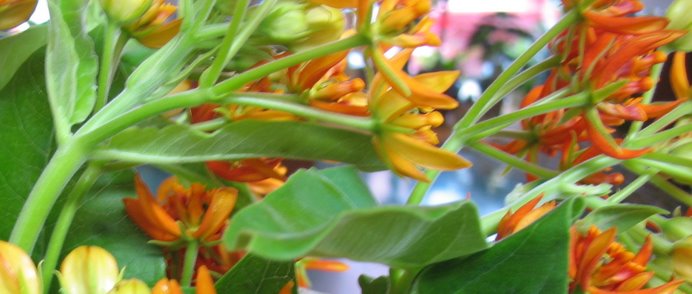
Before choosing your Christmas tree you should decide where you would like to put it. Your selected space should be as far away as possible from any heat sources (TV's, fireplaces, radiators and air ducts). Clear out the space and measure the maximum width and height for your tree. Also you should measure your tree stand to determine the maximum allowable diameter for your tree trunk. Do not forget to take into consideration the height of your treetop decoration.
There are several different types of trees to consider choose the one that your heart and Christmas spirit desires.
Choosing a fresh tree could take some time. Choose the greenest tree with the least brown needles (some trees have been colored before shipping and this seems to be becoming common practice). Shake a branch or raise it and let it fall back down, if green needles fall to the ground the tree may be dehydrated. You can also run your hand down a branch, the needles should stay on the branch and not in your hand! Some trees have excellent needle retention such as the Fraser Fir and the Balsam Fir (both available in Quebec). Avoid trees that are wilted or have a greyish blue/green look. Look for any unusual brittleness or stiffness of the trees limbs, it may be an indication that the tree was cut a long time ago.
Caring for your tree
If the tree has been cut for over 4 hours you will need to recut 1 inch off the butt and place it immediately in fresh tap water (no additives are needed). Always keep the tree in water or resin will form over the cut end and it will no longer be able to drink (the tree needs up to/more than a gallon of water a day). A fresh tree if properly cared for should last at least 4-5 weeks before it starts drying out.
Buying "green"
Today most Christmas trees (about 98%) are grown on tree farms , which benefit and harm the environment. While Christmas trees grow, they replenish the air with oxygen; just one acre of Christmas trees produces enough oxygen to support eighteen people. Tree farms provide habitat for birds and other wildlife. However, pesticide use on Christmas tree farms could be decreased or eliminated for even greater environmental benefits. Due to their hardiness, Christmas trees are often planted where few other plants grow, thereby increasing soil stability. For each Christmas tree cut on tree farms, 2 or 3 new seedlings are planted.
PLEASE RECYCLE YOUR TREE!!! http://www.ipm.iastate.edu/ipm/hortnews/1994/12-9-1994/xmas.html
Christmas trees are not eco-friendly when they are discarded with regular trash and end up landfilled or incinerated. Landfilling takes up space, and incineration pollutes the air. Do not burn them in your trash, this causes air pollution and creosote buildup.
Christmas trees are not eco-friendly when they are discarded with regular trash and end up landfilled or incinerated. Landfilling takes up space, and incineration pollutes the air. Do not burn them in your trash, this causes air pollution and creosote buildup.
Buy a tree with roots and plant it!
Planting a tree is a the best way to reverse the global warming effect (claims the EPA). Trees clean the air and provide clean oxygen in return.



No comments:
Post a Comment